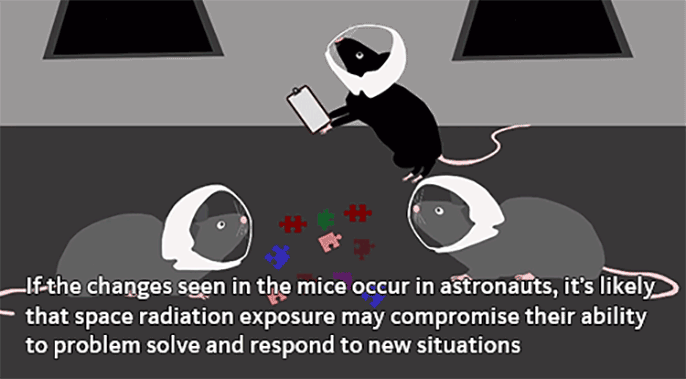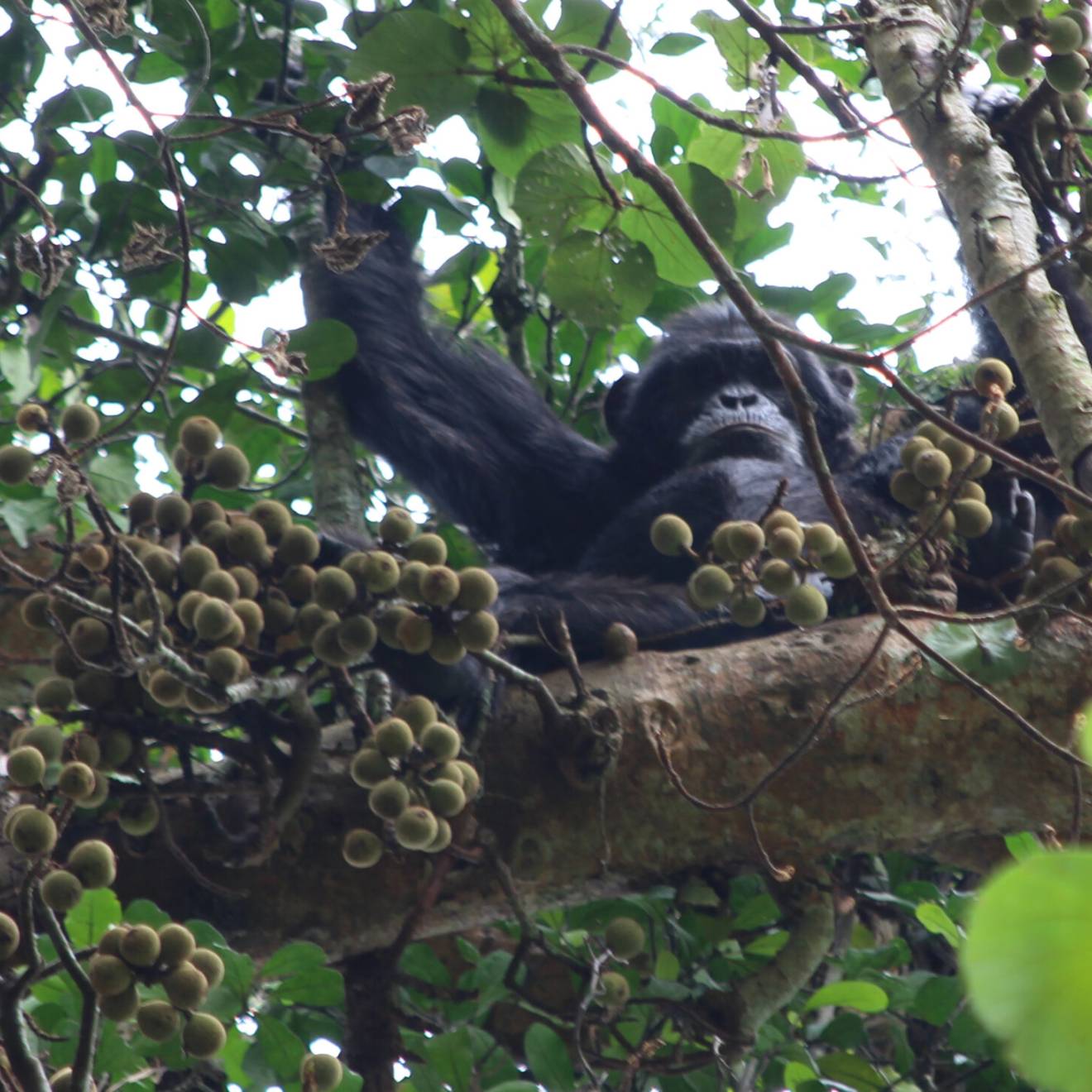Nicole Freeling, UC Newsroom

From the perils of sugar to a breakthrough treatment for paralysis to charting new planets and mapping the brain, UC research captured the public’s attention in 2016, emerging as some of the most discussed, shared and publicized science of the year.
UC research accounted for 14 of the Top 100 most discussed journal articles, according to data company Altmetric, which tracks mainstream and social media mentions of scholarly research. Here is a look back at some of the UC research that got the world talking in 2016:
How sugar beat the rap
We think of fat and cholesterol as the main dietary drivers of heart disease. But it turns out another culprit — sugar — is just as bad for us. So why has it beaten the rap?
UCSF investigated a trove of internal sugar industry documents and found that the industry sponsored years of nutritional research. The upshot: the public was kept focused on the dangers of fat, while the problems with sugar were swept under the rug. The findings make a compelling case for laying off the sweet stuff — but even more for being wary of industry-sponsored research.
Learn more: UCSF reveals how sugar industry influenced national conversation on heart disease.
Virtual reality helps paraplegics to move
Credit: Courtesy of Quartz
UC Davis professor Sanjay Joshi and his colleagues set out to accomplish the extraordinary — build robotic limbs that paraplegic patients could learn to power with their minds.
What they achieved instead was the seemingly impossible: After 12 months of intensive brain training that involved using virtual reality and a brain-machine interface that powered a robotic walker, subjects were able to go beyond manipulating the prosthetics to move their own paralyzed limbs.
Read more: Paraplegics are learning to walk again with virtual reality (Quartz).
Finding livable planets practically next door

Credit: ESO/M. Kornmesser, CC BY
Need to get away? UC San Diego found three potentially habitable planets in our celestial neighborhood — a mere 40 light years away. But don’t be surprised if they’ve already got residents. Their atmospheric makeup and similarities to Earth could make them good homes for alien life, researchers found.
In orbit around a cool, dwarf star, the planets have the essential qualities for life to take hold: They are temperate enough to sustain surface water and far enough from their sun to maintain low levels of atmospheric radiation.
Learn more: ‘Ultracool’ dwarf star hosts three potentially habitable planets.
Space travel will (literally) blow your mind

Before you start looking into beachfront property around the nearest dwarf star, it is worth considering this research from UC Irvine: Astronauts face serious long-term health risks, including dementia, from their exposure to cosmic rays during space travel.
Astronauts who venture into space are more likely to suffer heart attacks than both ordinary civilians and their earth-bound colleagues, researchers found. A follow-up study showed that those same rays can affect brain functioning, which could reduce the ability of astronauts on long-haul missions — such as a trek to Mars — to multitask and solve problems on the fly.
Learn more: Travel to Mars, risk dementia.
Antibiotics are wrongly prescribed a third of the time

Have you been prescribed antibiotics recently? Chances are one in three you don’t need them, according to a study involving researchers from UCSF and UC Davis.
The study found that half of people who were sick and visited a doctor were prescribed antibiotics. Of those, a third were treated for ailments that don’t respond to antibiotics, including allergies, asthma, the flu and other viruses.
Learn more: A third of people given antibiotics don't need them (National Geographic).
Semantic atlas makes the mind an open book
Credit: Nature video
Ever feel like you can’t find the words? UC Berkeley brain scientists may be able to help you. They have built a “semantic atlas” that shows in multiple colors and vivid dimensions how the human brain organizes language.
Besides offering a fascinating look at the real-life word clouds filed on our brain’s cerebral cortex, or outer layer, the results could map brain activity to help others understand what those who have difficulty communicating — such as stroke victims — are trying to say. It could even someday have applications for translating your words into another language as you speak.
Learn more: How your brain files away words.
English bulldogs are sick as a dog – and likely to stay that way

Credit: Melnote/Getty Images Photo
The fourth most popular breed in America, English bulldogs are prone to a heartbreaking array of health problems, including joint and spinal problems, weak immune systems and difficulty breathing.
A UC Davis study found there is little hope for improving these dogs’ lot within their current genetic structure. The study found that the dogs’ health problems are not the fault of commercial breeders or puppy mills, but of 500 years of breeding focused on changing the dogs’ appearance. That inbreeding created congenital problems that will be passed along until the dogs’ genetic pool can be diversified by bringing other breeds into the mix.
Learn more: English bulldog’s gene pool may be too small to heal the breed.
New research debunks myth of AIDS’ 'patient zero'

Few other than Typhoid Mary have been as unfairly maligned in the annals of disease as Canadian flight attendant Gaetan Dugas. He became known as Patient Zero for his alleged role in bringing the AIDS virus to America. The notorious distinction arose from a typographical misunderstanding: Early contagion maps identified him with the letter O, which some misread as a zero — indicating him as the original carrier.
Using genomics and blood serum samples — taken from Dugas and other patients — UCLA and other scientists have offered definitive proof that his was not the first domestic case. The research goes on to challenge the notion that any one person imported and set off the spread of the disease.
Learn more: Researchers clear "Patient Zero" from AIDS origin story (NPR).
Microbes rule the world

Credit: Zosia Rostomian, Lawrence Berkeley National Laboratory
A team including researchers at UC Berkeley and UC Santa Cruz used advances in genetic sequencing to create a detailed tree of life, mapping the relationship of all known life forms.
It shows that the vast array of known flora and fauna makes up only a tiny fraction of life on Earth.
Advances in genetic sequencing have enabled scientists to identify an ever-expanding array of bacteria and other microbes. These discoveries show the extraordinary degree to which life is dominated by single-celled organisms — each more different from each other than we are from worms.
The plants, animals and insects we see today account for only a fraction of one of the smaller branches on the tree of life. Humans may have the power to transform the face of the planet, but we are just the narrowest sprig.
Learn more: The tree of life expands.
Facebook users live longer

Credit: iStock/Rawpixel Ltd
Facebook may be criticized as massive echo chamber and a vector for fake news, but a recent study suggests that the platform also helps users live longer by supporting healthy social ties.
The UC San Diego-led study — which researchers emphasize shows association rather than cause — looked at 12 million Facebook users.
After controlling for factors such as income, it found that people with average or large social networks lived longer than those with very small ones — a finding consistent with those of offline relationships.
Interaction appeared to be especially healthy when it complimented real-world relationships. Users who spend excessive amounts of time online with little evidence of offline friendships did not see similar benefits. Another factor with little bearing: how many “likes” people received on their posts.
Read more: Facebook users live longer, study says.

